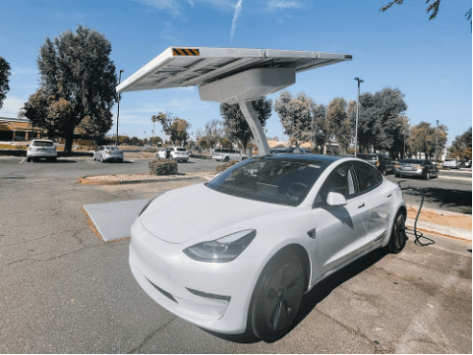
At LightFair, last week, I was part of a panel presenting the impacts of electrification on the lighting industry. I had the pleasure of co-presenting with Chris Brown and Peter Brown, two prominent thought leaders in the lighting industry. I’m going to share some of the key impacts on lighting in a series of LightNOW posts, beginning with this one, Electrification Impacts On Lighting, Part 1: Building & Energy Codes.
Electrification is the process of replacing the combustion of fossil fuels with electricity, such as replacing natural gas boilers, furnaces, or hot water tanks with electric HVAC and water heaters. Another example is switching from gasoline combustion engines to all-electric vehicles and power tools.
One impact you may already be noticing is rapid changes in building and energy codes in order to force new construction harder toward electrification and efficiency. Some recent examples include:
- New York State passed a ban on natural gas hookups in some new construction last month. New York is the first state in the nation to do so.
- US DOE announced $1 Billion available to states to improve energy codes for electrification and efficiency.
- California Title 24:
- (Non-residential) further restricting lighting power densities and adding new lighting control requirements.
- California already requires photovoltaic systems on all new homes.
- New indoor farming requirements became effective 1/1/23, including efficacy of grow lights in PPE and lighting control requirements. Other “controlled environment horticulture” building systems are also impacted.
- Washington State to require electric heating and water heating in many commercial buildings.
- Chicago updating their energy code to drive greater electrification and energy efficiency, including new energy-efficient lighting requirements.
- ASHRAE 90.1 has expanded its scope to include site equipment not attached to a building, which can include renewable power and battery energy storage. It also adopted higher requirements for energy efficiency.
- The National Electric Code (NEC) has added class 2 emergency lighting systems, which address microgrids and PoE.
- Voluntary certifications, such as the LEED Building Standard, are also adopting greater electrification and stricter efficiency requirements.
- The US DOE is proposing to electrify all new federal buildings.
- Additional government agencies taking similar actions include Montgomery County, MD; Kalamazoo, MI; Los Angeles, CA; CPUC & CARB; and the Colorado building code.
Different impacts of electrification will be examined in subsequent articles.
Image: Pexels.com






You must be logged in to post a comment.